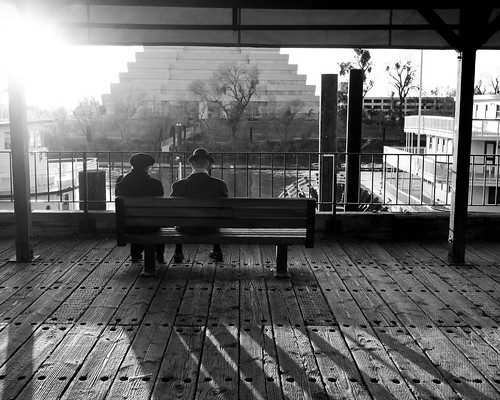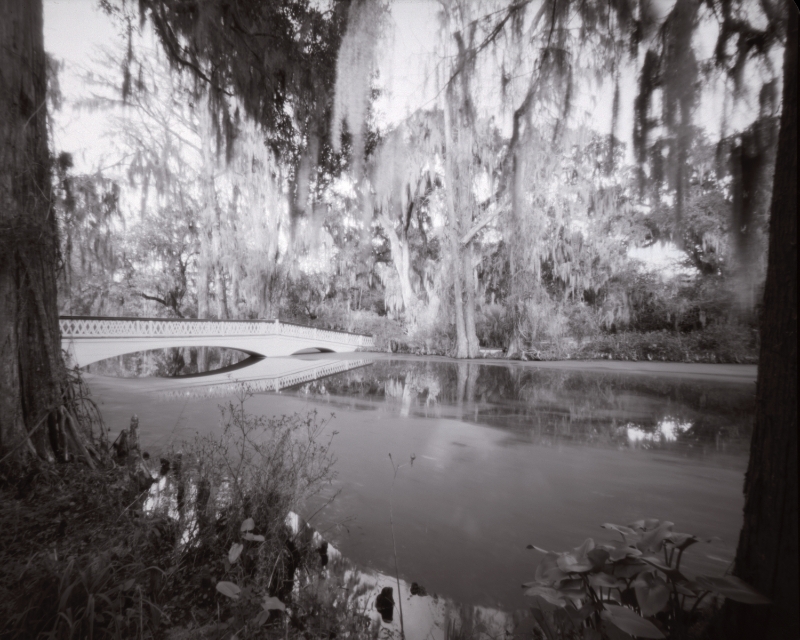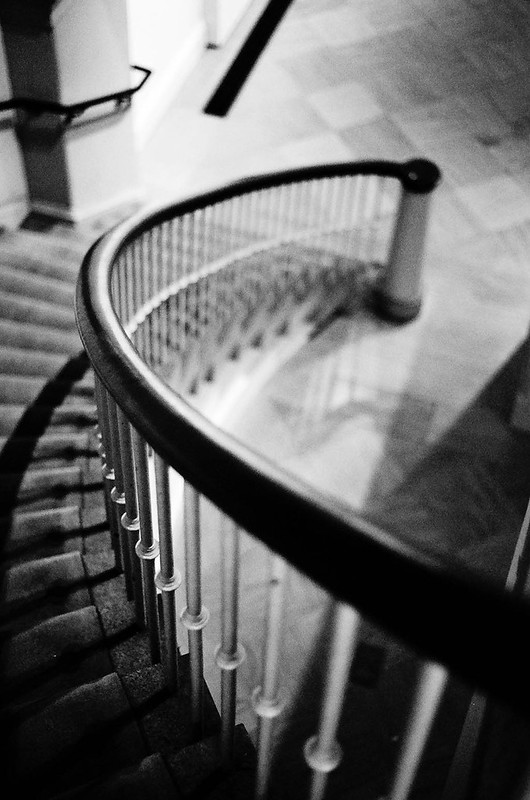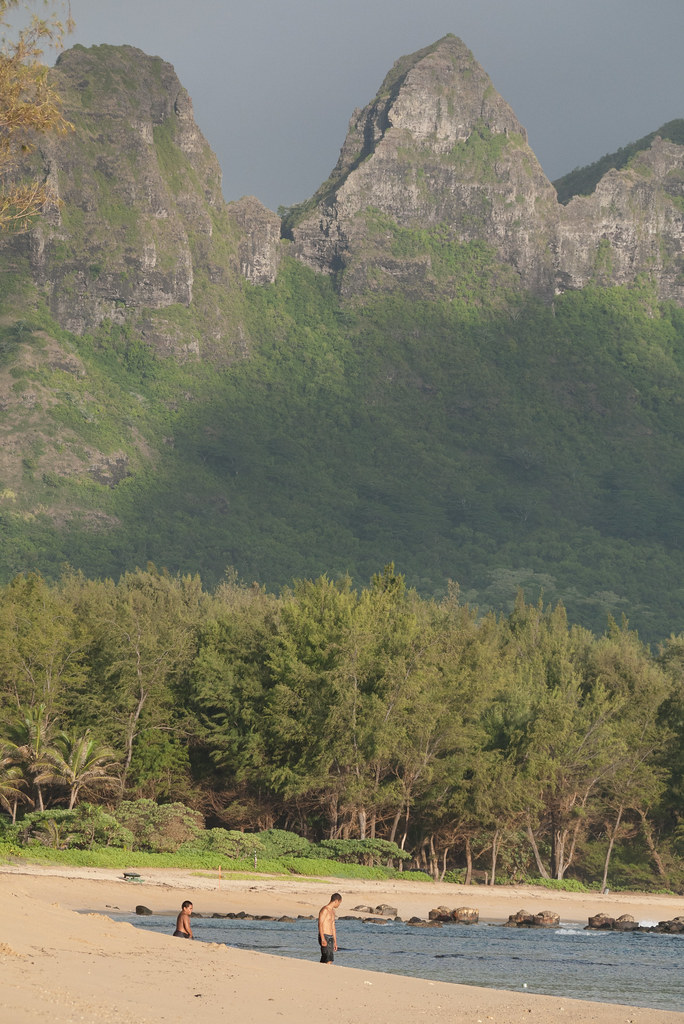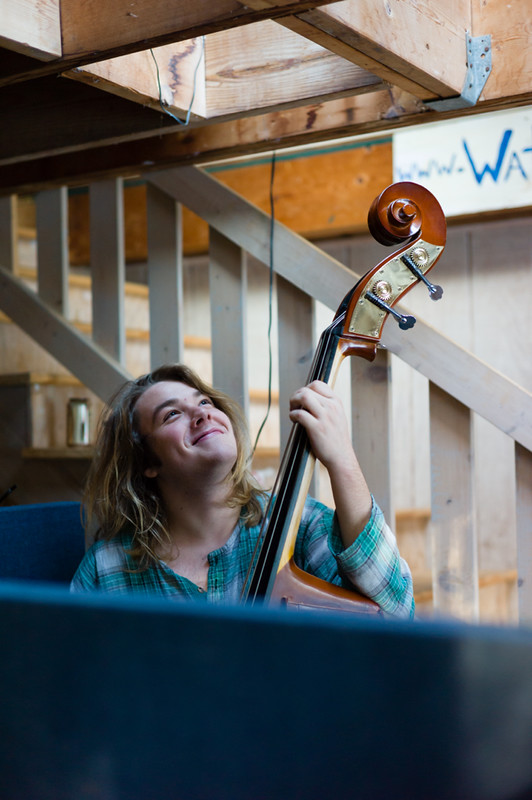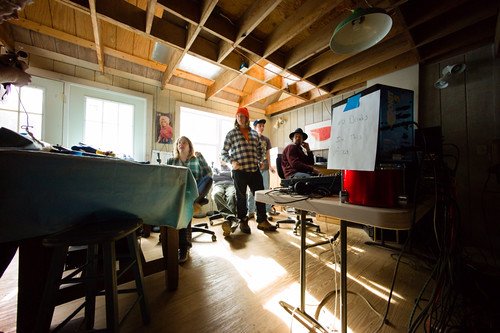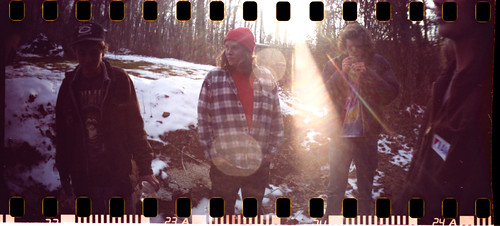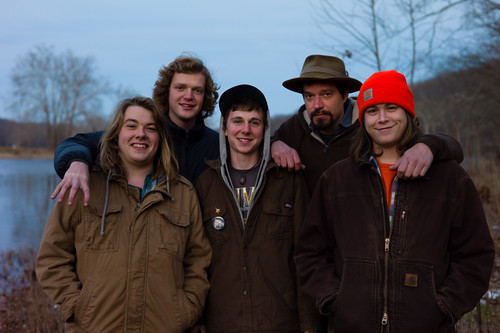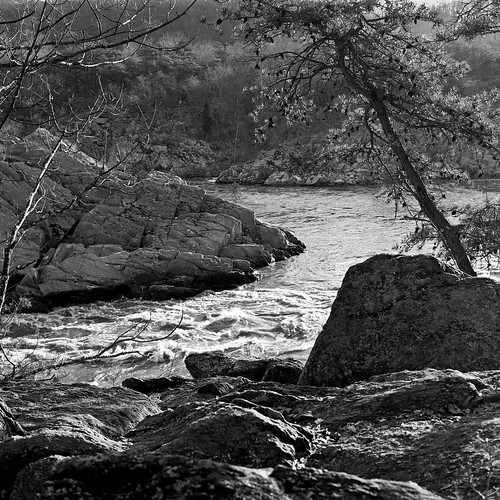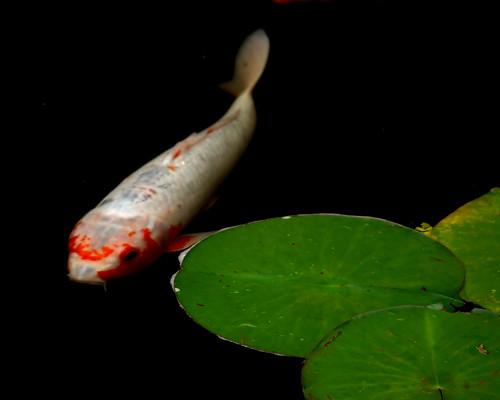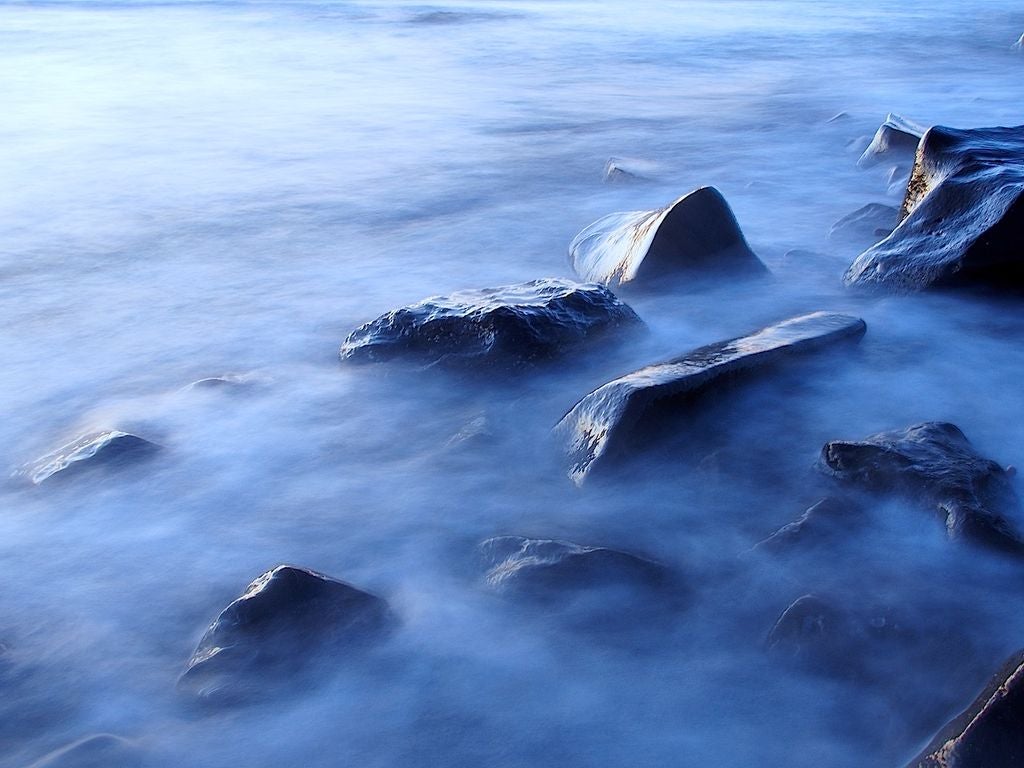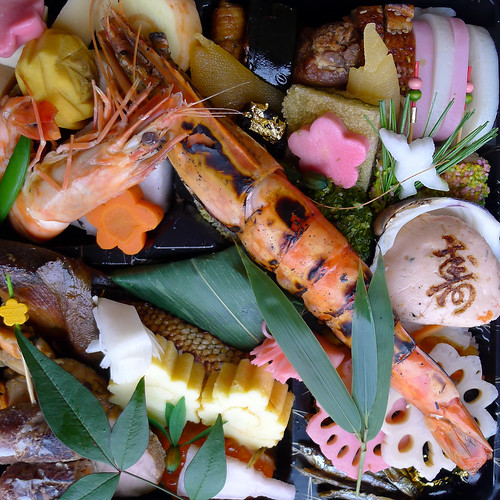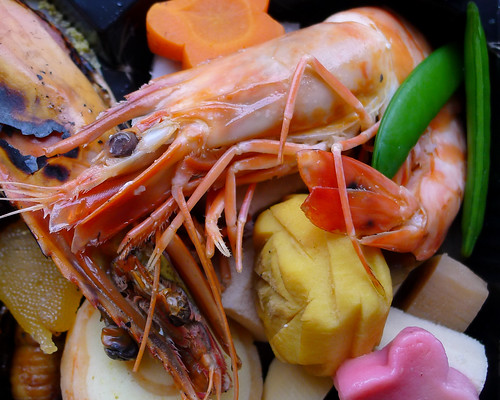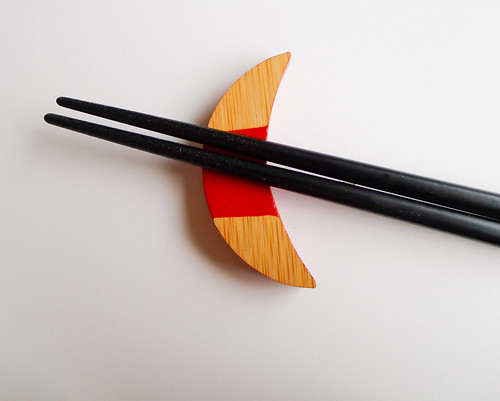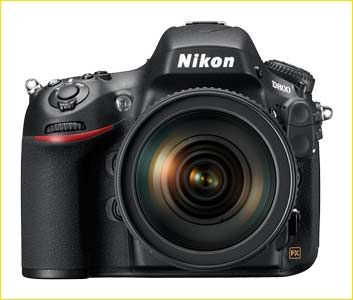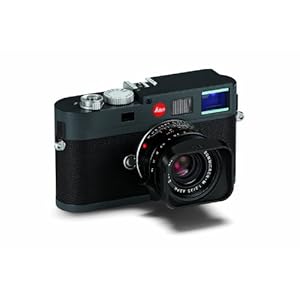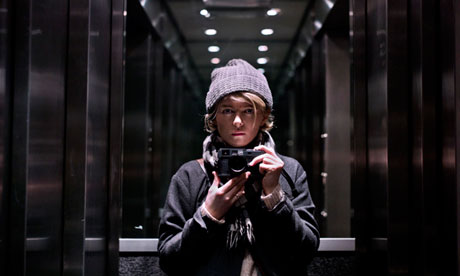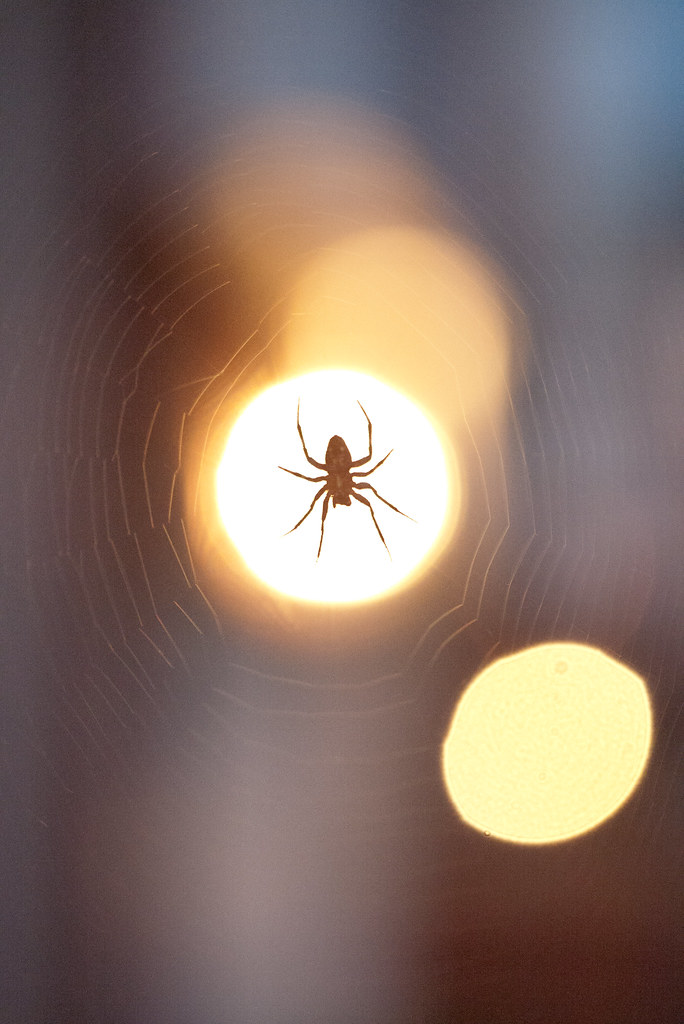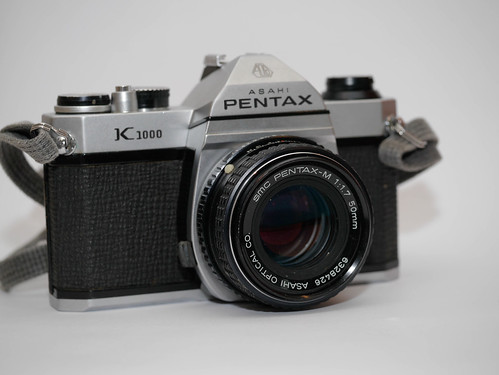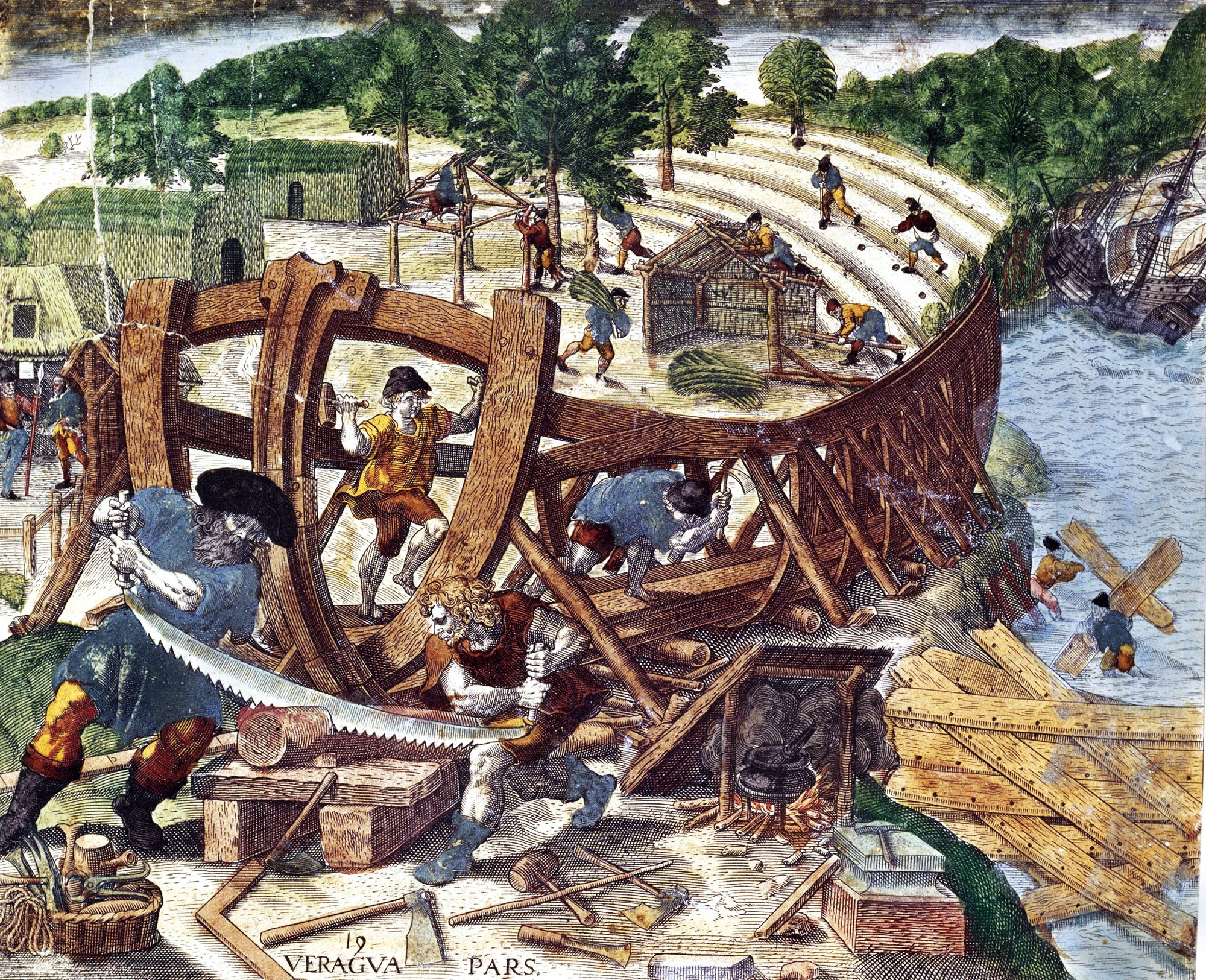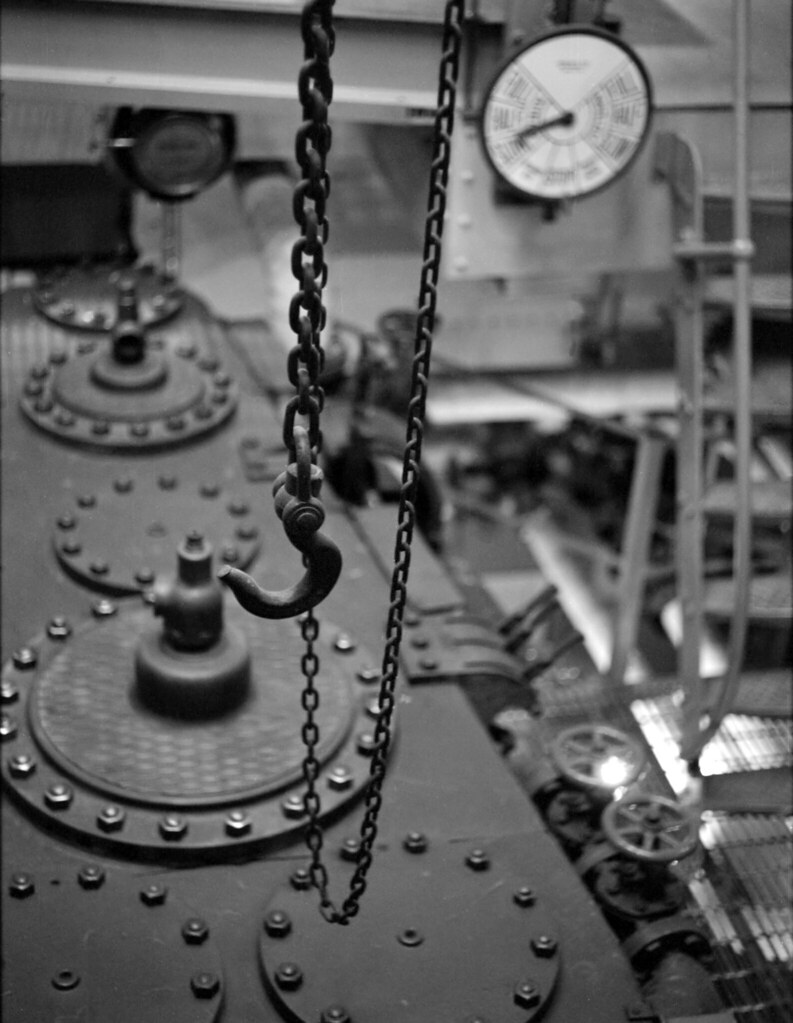First off, I want to let you know that I'm very proud of the first picture below. I understand that it's not going to win the Pulitzer, but it's exactly the type of image that I strive for, and is pretty elusive. For me, it brings together a lot about my project in the local music scene and why I enjoy it. It was taken during a recording session for the local band "Jake and the Burtones," at Shepherd's Ford studio in Berryville, Virginia.
Jack Pugh of Jake and the Burtones, by Reed A. George
Leica M9, Carl Zeiss C Sonnar 50mm f1.5 Lens
Now, I want to analyze what went into the process for me, and how I ended up getting this shot. There were many preparations that allowed this to happen, including a lot of getting to know people and being around at music events, which eventually allowed me to get an invitation to the recording session. Let's leave that important part aside for now, and focus on the photographic approach that I took.
The first thing that struck me when I walked into Shepherd's Ford was how the musicians were walled off from each other, in separate little cubes. The second thing, which probably should have been first, was the light. It was a beautiful, promising challenge. Dynamic range was surely going to be part of it. At the north side of the room were big, un-cluttered windows, with dramatic sunlight pouring in at the low angle of winter. Diffused by snow on the ground, it made an enormous, gorgeous warm softbox to light the scene. The first five feet of the room were bathed in this awesome light. Ten feet in, the shadows took over - long, dramatic, every scene full of contrast. But, shooting while facing those windows required overexposing the outdoor light, in order to get any detail on the darker side, like in peoples' faces. This exposure adjustment was a technique learned from the books - sometimes you must compromise exposure in peripheral areas to get it right on your main subject. One approach is to spot meter your main subject, and make exposure decisions from there. The Leica M9 that I was shooting doesn't have a spot meter, so I just metered a characteristically-lit portion of the floor, took a few test shots, and adjusted from there.
In trying to capture the true feel of the whole scene, I started with an ultra wide angle lens, the Voigtlander 12mm f5.6 Heliar, and shot to include the cube walls separating the musicians. This is a lens that I don't use often, as it's just amazingly wide, I find composition to be very challenging. The ultra-wide approach was only moderately successful. However, I found that the lens allowed me to include a lot of details from the studio, including the Dolly Parton pin-up on the back wall. I also really liked how the lines of the rafters reached out from the distance to this lens. So, I used the ultra-wide lens and exposure compensation technique to capture the whole band, including lots of information about the studio setting. This was critical for me. I get to shoot these musicians under excellent stage lighting all the time. Just portraits, without environment, could be shot anywhere, at any show. I wanted images that could only be shot here, in the studio, which is a unique and priveleged situation.
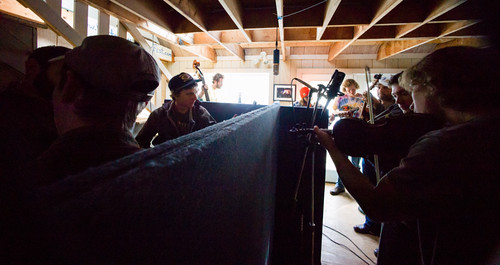
Studio Walls, by Reed A. George
Leica M9, Voigtlander 12mm f5.6 LTM Lens
Jake and the Burtones in the Studio, by Reed A. George
Leica M9, Voigtlander 12mm f5.6 LTM Lens
Once I had these shots, I could then begin to work on individuals. I would say that I need more work on this type of shooting. The subject photo of this piece (the first picture above) was my one "aha" interaction. Once again using the huge softbox effect of the external windows, I'm sure that it was the light that attracted me to shoot from this particular angle, in front of the bass player, Jack Pugh. I chose the Carl Zeiss 50mm f1.5 C Sonnar lens, both because I needed the wide aperture for the low light shots, and because it has just the right balance of character and sharpness to produce the look I wanted.
This was when the magic happened. At first, Jack played it cool, like I wasn't bothering him standing there shooting away while he played. Then I saw him start to sniff and move his face in a funny way. Smirking from behind the camera,I guessed that his nose was itching. Making a series of expressions I chose not to capture out of courtesy, he started to smile. We both cracked up. I thought maybe it was over, time to move on, but decided to hang in and keep shooting. Then I saw the shot develop. We had just been through a tiny shared moment together. His urge to sneeze now abated and he really relaxed, with me still there. It was not the moment of connection when we laughed together that turned out to be the best shot, but the moment after, when it felt like normal again, even with my lens pointed at him. Magic.
While I typically shoot my Nikon D700 at live music shows, mainly due to its supreme handling of low light situations, I can honestly say I don't think I could've pulled this shot off with a DSLR. The Leica is just a less threatening thing to have pointed at you.
Once the pressure was really off, I shoot a couple of really risky images, using a new toy plastic camera I got for Christmas, the Sprocket Rocket (!) camera by Lomography. This beast shoots 35mm film panoramas, with the image going out and over the sprocket holes in the film.
Break Time, by Reed A. George
Lomography Sprocket Rocket Camera, Lomography iso800 Color Print Film
If you're interested in the Sprocket Rocket, click on my Amazon link at the bottom of this post to learn more, and maybe even buy one.
Finally, to round out my coverage of the day, I walked with the band down to the banks of the Shenandoah River and got a quick group shot.
Jake and the Burtones (and Brian), by Reed A. George
Leica M9, Carl Zeiss C Sonnar 50mm f1.5 Lens
I had a great time at this shoot. The Leica M9 was a great choice for shooting in the studio. I also enjoyed playing around with the Sprocket Rocket.
Oh yeah. If you want to hear Jake and the Burtones
(Click Here)! I can tell you from first hand experience - their new album is going to be great!
DMC-365.blogspot.com

